Coronavirus: Wuhan hospital boss feared dead, China releases virus data
One of the city’s highest-ranking doctors reported to have died as police prepare house-to-house checks of nine million residents.
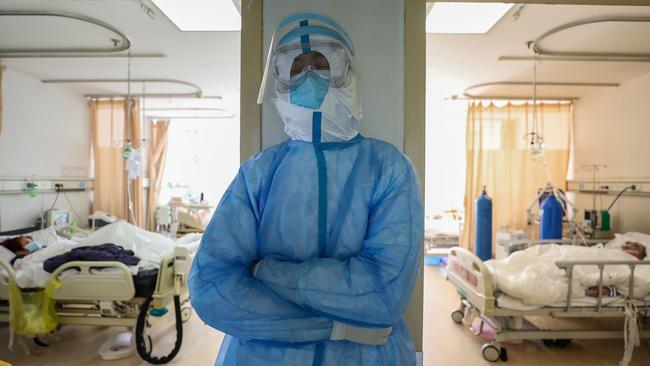
One of the highest-ranking doctors in Wuhan is feared to have died after contracting coronavirus, as Chinese police prepare to begin house-to-house checks of all nine million residents in the city.
Liu Zhiming, the director of Wuhan Wuchang hospital, was reported in a tweet from the state-run People’s Daily newspaper to have died yesterday. However, within minutes the tweet was deleted after denials from the provincial health commission covering Wuhan, which said that Dr Liu was still being “resuscitated”.

Chinese media report that Dr Zhiming, a neurosurgery expert, was a healthy person before the infection. A 59-year-old nurse from the same hospital, Liu Fan, is reported to have also died of coronavirus.
The reports mirrored confusion over the death on February 7 of Li Wenliang, 33, a Wuhan Central hospital doctor silenced by Beijing when he became the first to warn of the coronavirus.
Initial reports of Dr Li’s death prompted outrage on social media. His hospital then contradicted those statements by saying that he was “in a critical condition and we are trying our best to rescue him”, only for his death to be confirmed hours later.
The developments last night came hours after the new Communist Party chief of Wuhan declared a three-day operation to cleanse the city, ordering police and other officials to check every resident.
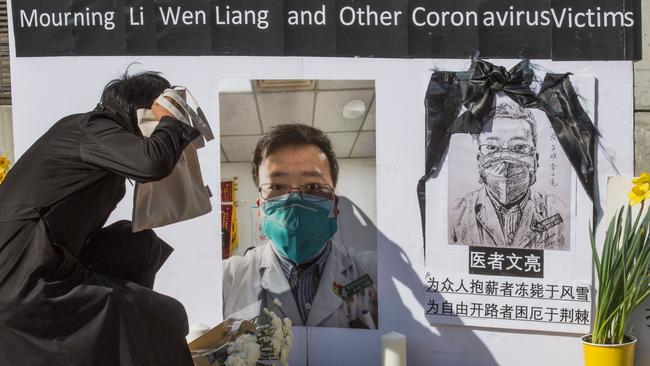
Those found to be displaying symptoms of the virus — which has killed 1789 people in Hubei province — will be taken to hospital and all suspected cases will be tested.
“No household shall be left unchecked, and not a single person will be left behind,” Wang Zhonglin, 57, who was appointed last week as the city’s highest official dealing with the public health crisis.
“Wuhan is the site of the decisive battle, and we must concentrate our powers for a battle to annihilate it, rather than a slow, protracted war,” Mr Wang said. “There’s no turning back. There’s no time left. We must win.”
The operation to purge the virus came more than three weeks after authorities cut the city off from the rest of the world to curb the spread of the virus, which has infected more than 70,500 people across China.
China release data
Health officials in China have published the first details on nearly 45,000 cases of the novel coronavirus disease, saying more than 80 per cent have been mild and new ones seem to be falling since early this month, although it’s far too soon to tell whether the outbreak has peaked.
A report from the Chinese Centre for Disease Control and Prevention gives the World Health Organisation a “clearer picture of the outbreak, how it’s developing and where it’s headed,” WHO’s director-general said at a news conference.
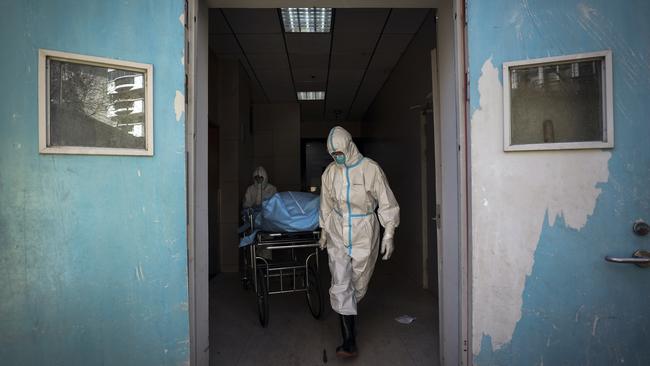
“It’s too early to tell if this reported decline will continue. Every scenario is still on the table,” Tedros Adhanom Ghebreyesus said.
The new disease, called COVID-19, first emerged in late December in Wuhan, and has spread to more than two dozen other countries. China says more than 70,000 people have been infected and 1789 have died in mainland China, but numbers are squishy because the country is counting many cases based on symptoms rather than the methods WHO uses. The new study reports on 44,672 cases confirmed in China as of February 11. The virus caused severe disease such as pneumonia in 14 per cent of them and critical illness in 5 per cent.
The fatality rate for these confirmed cases is 2.3 per cent — 2.8 per cent for males versus 1.7 per cent for females.
That’s lower than for SARS and MERS, two similar viruses, but COVID-19 ultimately could prove more deadly if it spreads to far more people than the others did. Ordinary flu has a fatality rate of 0.1 per cent yet kills hundreds of thousands because it infects millions each year.
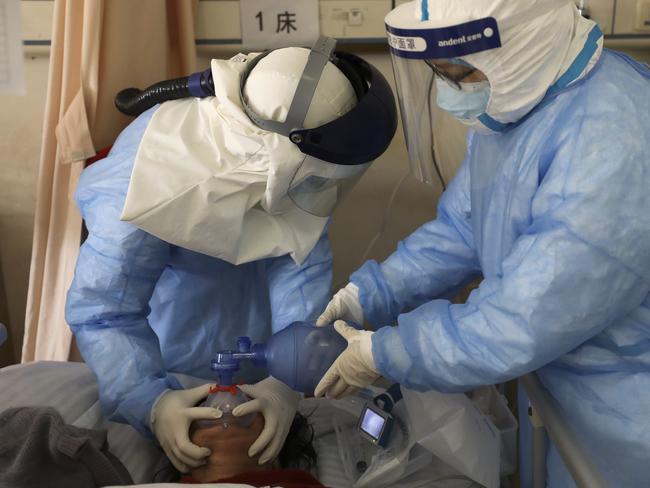
The COVID-19 cases include relatively few children, and the risk of death rises with age. It’s higher among those with other health problems — more than 10 per cent for those with heart disease, for example, and higher among those in Hubei province versus elsewhere in China.
Cases seem to have been declining since February 1, but that could change as people return to work and school after the Chinese holidays, the report warns.
People’s Congress postponed
Faced with the challenge of controlling the virus, the National People’s Congress, China’s parliament, will postpone its annual session, scheduled for March 5. A new date has not been announced.
“We are in the critical stage to win the war against the virus,” the parliament’s chairman said. “We must garner all powers and make an all-out effort.”
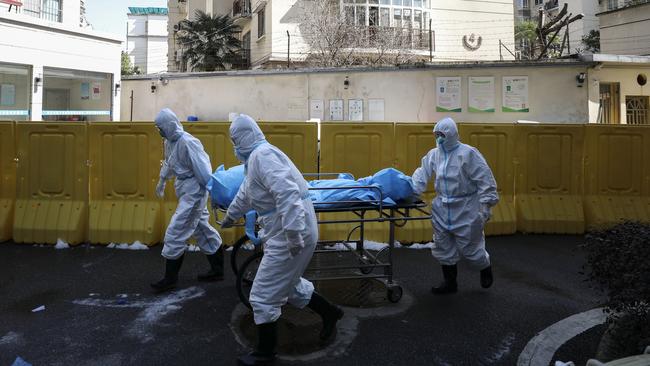
All residents of Wujan have been ordered to stay at home. Public venues such as cinemas, sports centres, art galleries, museums and religious sites remain closed. People who are allowed to move around the city must wear masks and scan codes before they enter places such as supermarkets and hotels.
In Huanggang, another city in the province of Hubei, anyone who voluntarily visits a clinic with symptoms such as fever will be rewarded 500 yuan, as will anyone who reports on others they believe to be infected.
With The Times, agencies


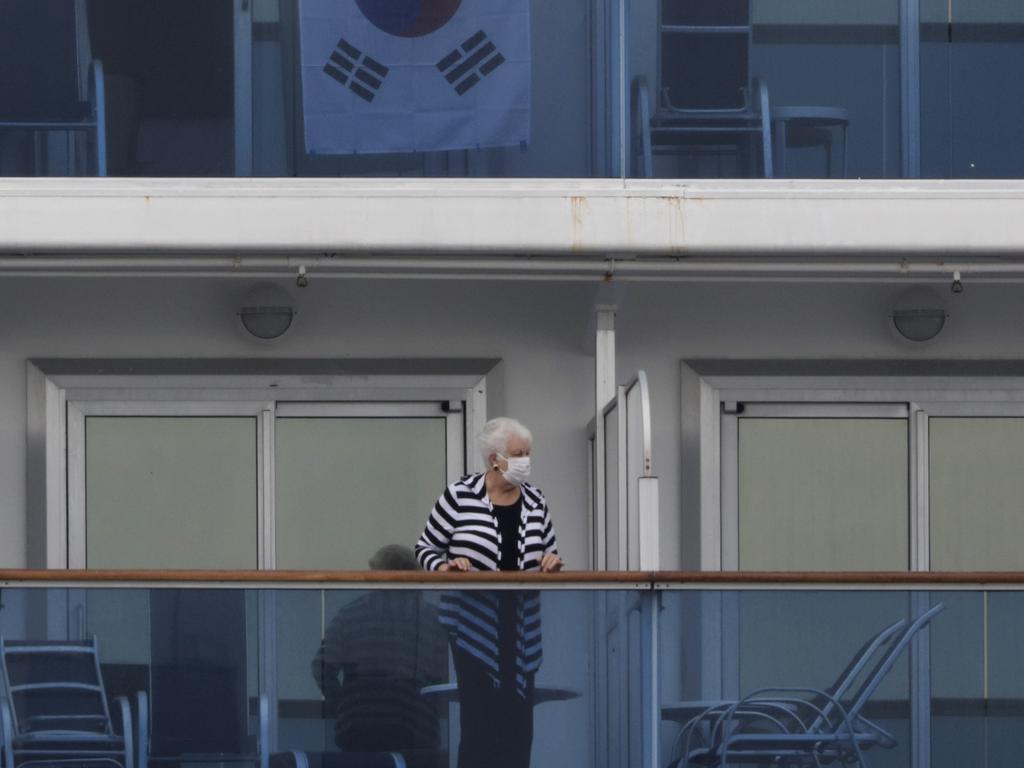
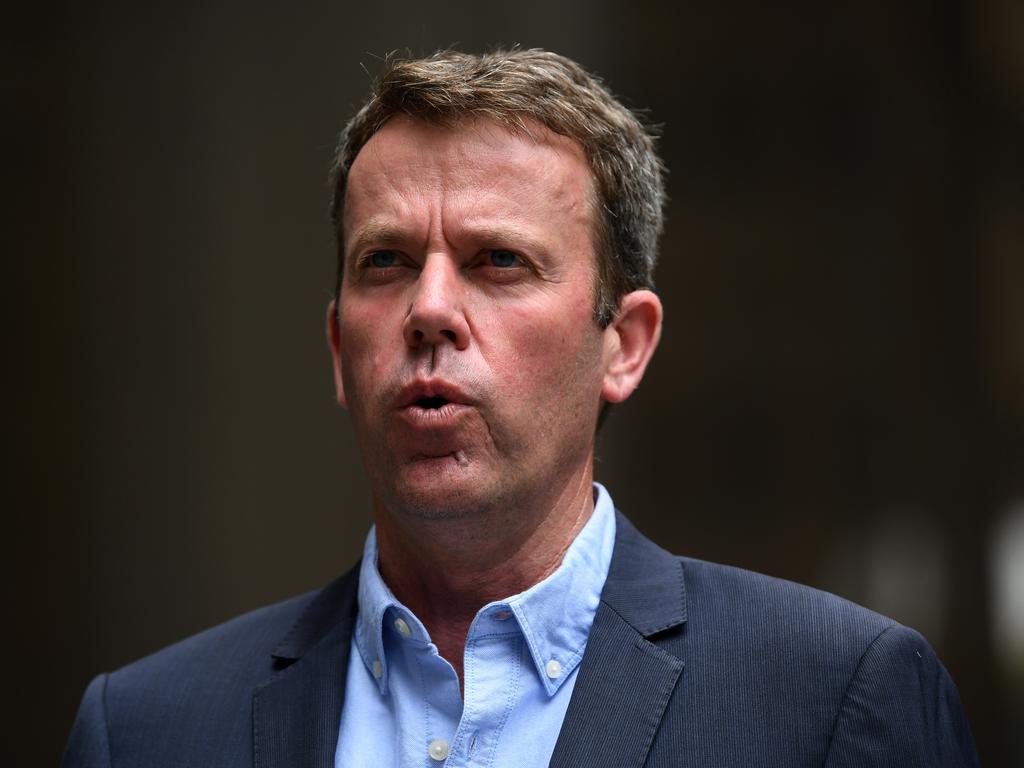
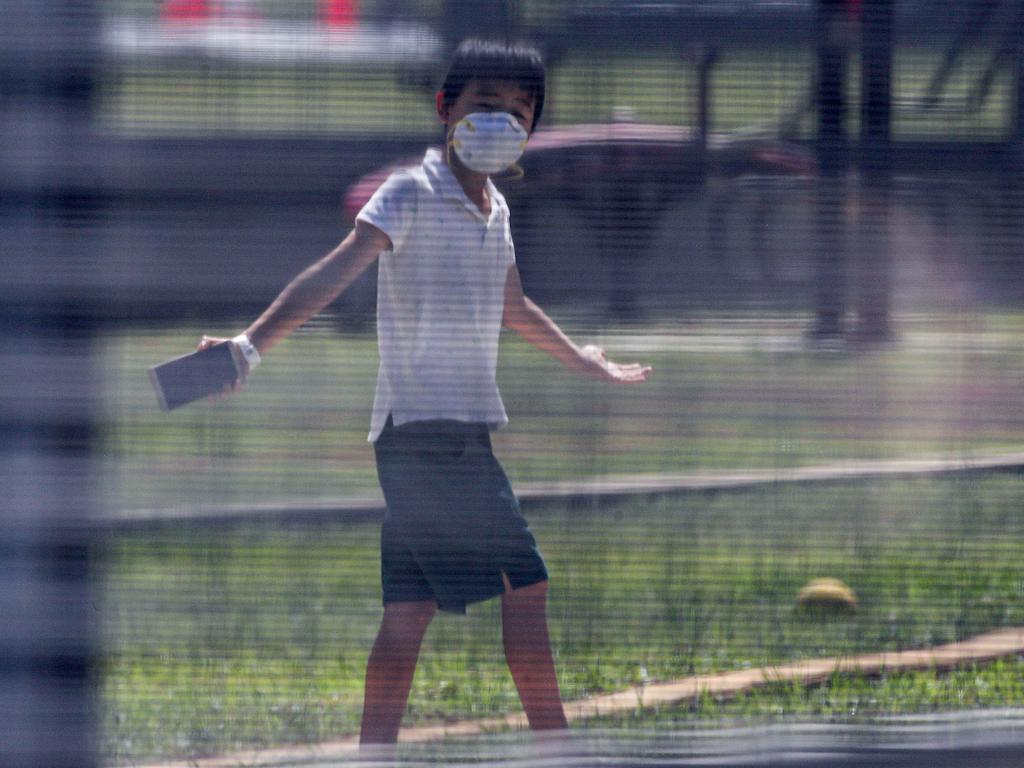


To join the conversation, please log in. Don't have an account? Register
Join the conversation, you are commenting as Logout